Intro to Tri Bikes for 2016
The tri bike landscape is taking shape. Today the sport and its adherents are championing a different set of design themes and price categories versus what was hot two years ago.
One clear change since I was a bike maker a generation ago: There is now no definable shipping season. Used to be we'd work hard to produce a bike that we'd ship from November through January, anticipating a selling season that ran from January through July. Seems logical, right? This seasonal model is no longer followed. New bike models are shipped when they're ready, and that might be March, July, or October. Come to think of it, this obsoletes the title of the article you're reading.
Felt has gotten rid of model years entirely, adopting a paradigm that De Soto and other companies converted to years ago, that footwear has been using for decades, and that I used back in the early 90s. Just like the Hoka Bondi 3 became the 4 and will become the 5, with no reference to model year, bike companies are moving toward this nomenclature. Felt calls this "The Living Line," and it supersedes the notion of the "model year." This allows Felt and companies like it to introduce a new bike at any month during the year and, in fact, this is how bike companies have been operating for the past several years anyway.
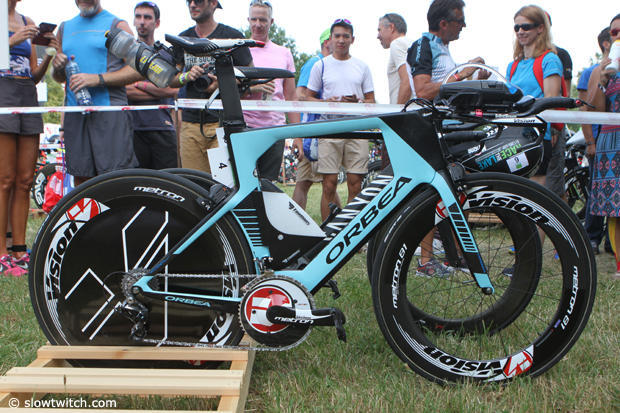
Because of a recent influx of these odd- or off-season new bike intros, and because trade show season is upon us, it seems like a good time to make a clean breast of things.
Accordingly, this is the intro to a series of articles parsing tri bikes by brand, by price category, and by utility. By "utility" I mean matching bikes to customers with a particular need. The obvious example is fit: some customers need a tall front end relative to the bike's length; others need to be low on their bikes using a longer and lower position. I'll tell you which bikes are "long and low."
According to a number of surveys and polls taken over the last year, it's pretty clear that customers in the U.S. shopping for tri bikes have, so far, favored the following brands in the following order:
1. Cervelo
2. Trek
3. Specialized
4. Felt
5. Quintana Roo
6. Cannondale
I will pay specific attention to the bikes made by the companies above because they're the brands you're most interested in. What other brands will make the cut?
Certain companies do very well in their countries, but less well (yet) internationally, like Ceepo (Asia), Argon 18 (Canada), and Boardman (UK). In my opinion, they do less well in the U.S. not because their bikes aren't compelling, but because they haven't squared away their U.S.-based distribution. So, I'll write about them.
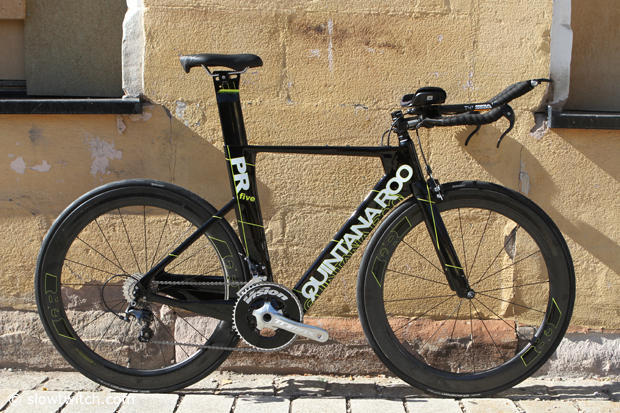
Other brands might be ready to make a strong move into the top half-dozen, and these are global brands like Scott, Giant, BMC, and Orbea. There are stealth brands that few in the industry consider a serious threat but are nevertheless well-positioned to take a flyer. Fuji comes to mind.
Then there are the interesting boutique frames like Ventum and Dimond, and finally there are the consumer direct brands that will disrupt the market if they offer compelling products and the right price points.
I am fascinated by a recent poll. I asked you which price category matches the try bikes that are most interesting to you, not including upgrades you might make to the bike. Here's how you responded:
<$2400: 17%
$2401-$2800: 10%
$2801-$3300: 14%
$3301-$3800: 8%
$3801-$5000: 19%
$5001-$7500: 15%
$7501-$10,000: 8%
>$10,000: 8%
This comports well with other polls showing that the median tri bike purchase price has risen from $2700 (last year and the year before) to $3,500 going forward, and the mean price to be paid for your next tri bike is over $4000. If you subtract abject newbies, the mean and median prices you expect to pay go up several hundred dollars more. It's clear that bikes in the $3500 to $5000 range are an important category, with half or more of you (newbies excluded) expecting to pay about this much for your next tri bike.
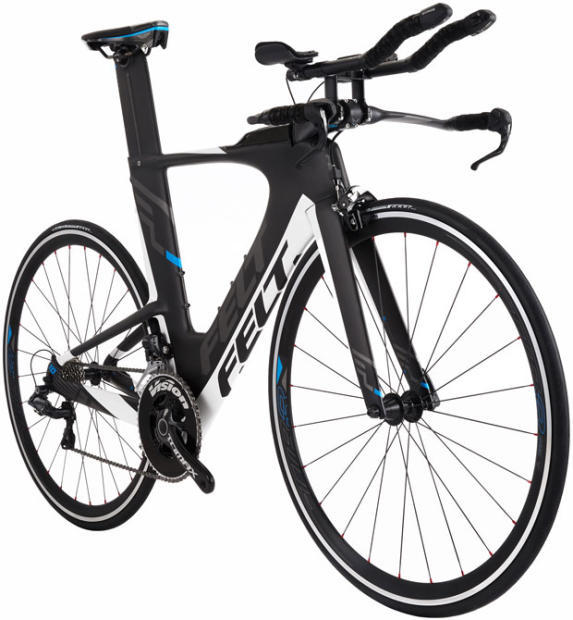
Tea Leaves
Look at bikes like those recently introduced by Orbea, Felt, and Quintana Roo. The trend is to flow superbike frames and technologies down to mortal price points, and to create products that mortals can travel with, adjust and work on without thrusting their owners into fits of rage and depression. Add to these the bikes that are mortal in design but just cool enough to work as upscalable platforms, like Cervelo's P2 and P3. Sex up these bikes with center pull front brakes, hydration systems and other bolt-on carriers, aero paraphernalia and low-resistance bearings, drivetrain parts and tires, and you've got mid-priced street rods. You can adjust the valves and tune the carburetor in your garage. This is tomorrow's tri bike for many or most of you.
If one looks well into the future, one can imagine tech solutions not widely contemplated. I have a list of low hanging fruit design ideas. One installment in this series will be these next steps which are intuitive and almost inevitable, even if I don't hear anyone talking about them yet.
In my first installment following this intro I'll focus on bikes in the $3801-$5000 category, since this is the silo chosen by more of you than any other.


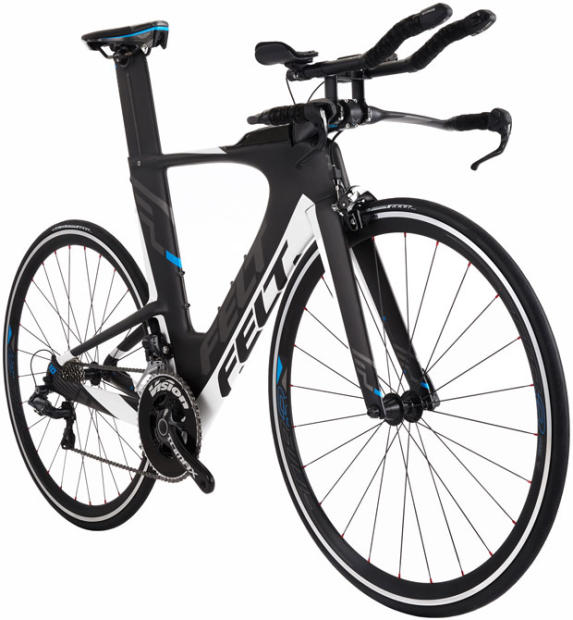
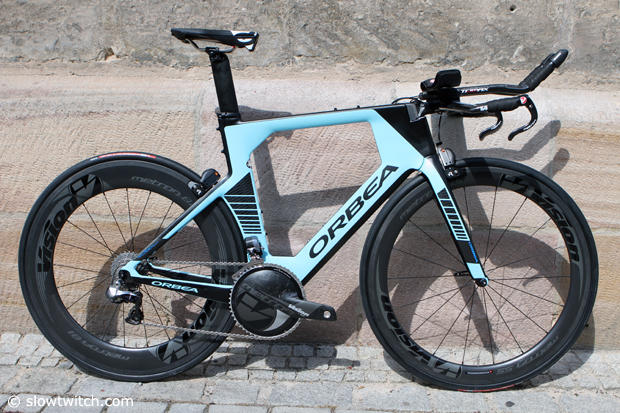
Start the discussion at slowtwitch.northend.network